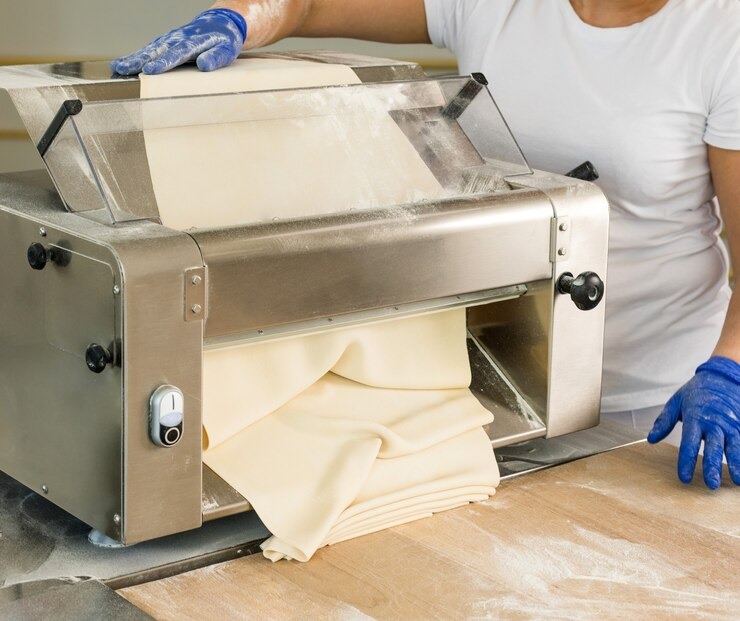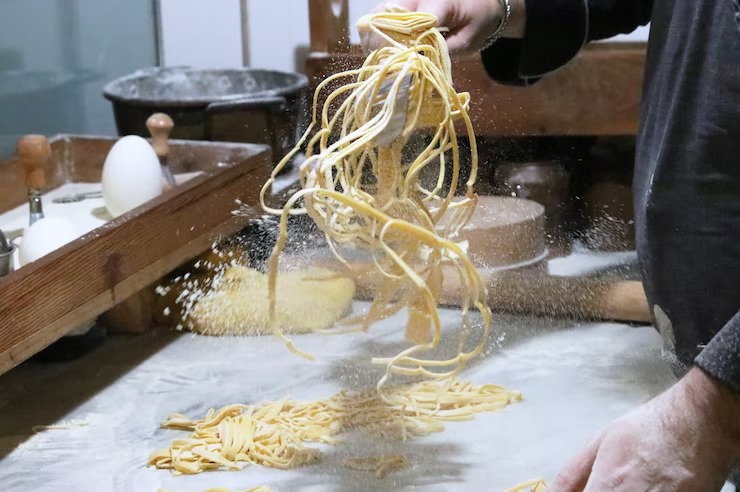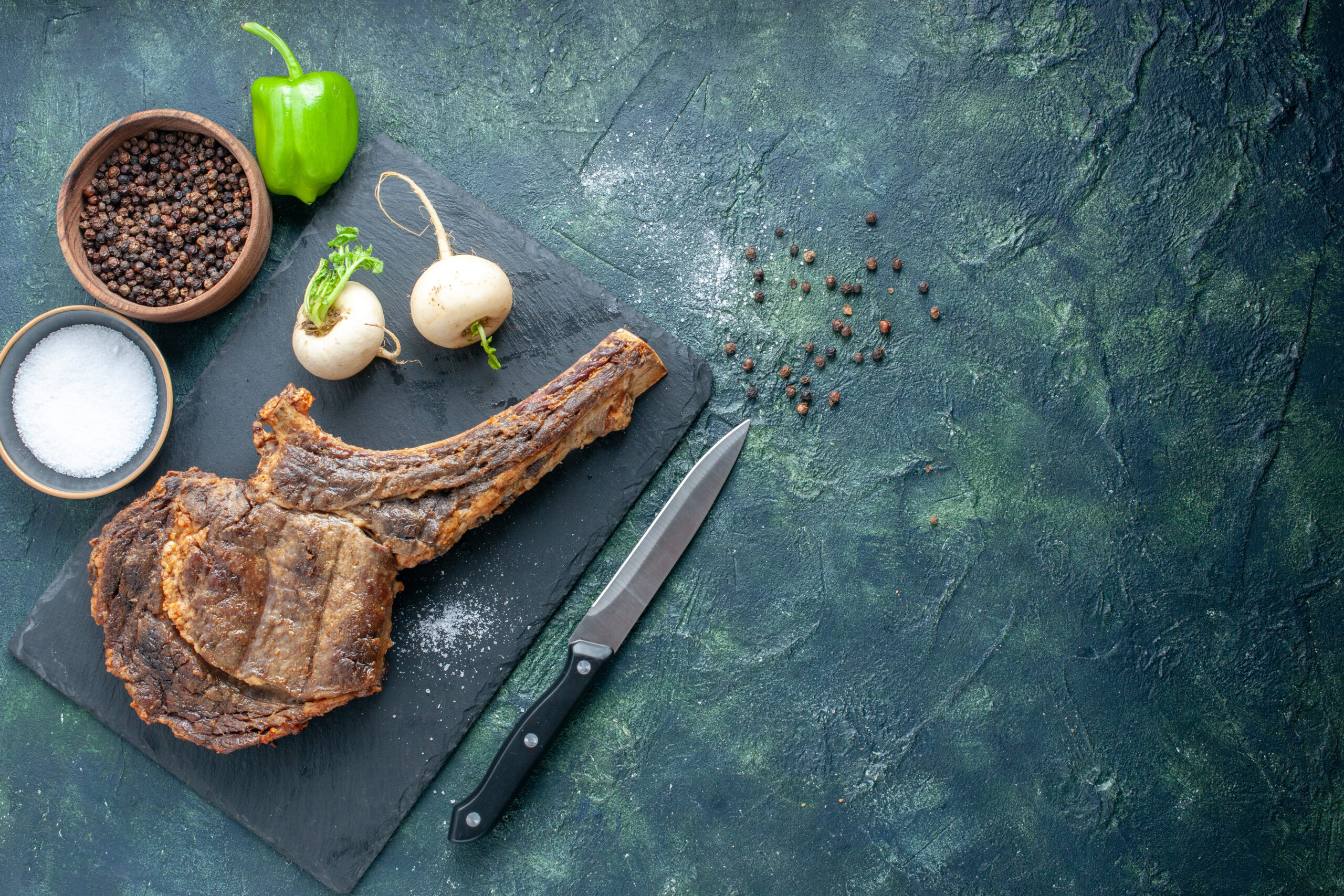In the world of fresh pasta manufacture, efficiency, accuracy, and consistency are critical. Having the right gear can make all the difference whether you run a tiny pasta workshop or a bigger pasta company. The Tortellinatrice is one such essential machine. Particularly meant to simplify tortellini production, models like the Tortellinatrice D250 provide both speed and quality. But what exactly is a tortellinatrice and why is it a must-have in contemporary pasta labs? Let’s investigate.
A tortellinatrice is what?
A tortellinatrice is a specific pasta machine used to create the popular Italian stuffed pasta automatically. From the Italian word tortellini and the suffix -trice, meaning a machine or tool, the name “tortellinatrice” derives.
Usually found in artisan pasta companies, industrial kitchens, or fresh pasta workshops where great numbers of tortellini are needed without compromising the quality or classic form, these machines are used. The processes of folding, sealing, and cutting the pasta into constant, premium tortellini pieces are automated using a tortellinatrice.
Focus on the Tortellinatrice D250
Among the notable models in the business is the Tortellinatrice D250. High daily operating reliability and production capacity define this device.
- Production Rate: up to 50 kg of tortellini an hour
- Use: Perfect for pasta labs of modest to medium size.
- Fast and consistent speed greatly lowers human labor.
- Design: Small, tough, and simple to clean.
- Functionality: Cuts, folds, fills, and automates dough feeding.
For pasta workshops trying to improve output while upholding time-honored standards, the D250 is regarded as a wise purchase.
Why Must a Tortellinatrice Be Essential?
High consumer demand, demanding hygiene standards, and the need for visual and gustatory consistency are all treated in pasta workshops. The tortellinatrice responds to each of these difficulties:
- Saves Time: Automates labor-intensive tasks
- Increases Output: Delivers tens of kilogrammes per hour.
- Guarantees Consistent Size and Shape for All Tortellini
- Maintains Quality: Provides conventional outcomes using contemporary techniques.
- Reduces labor expenses by cutting back on manual folding and sealing
How do tortellinatrices operate?
The process starts by placing pasta sheets and a filling combination—usually cheese, meat, or vegetables—into their own sections. The machine forms traditional tortellini shapes by aligning, folding, and sealing the dough around the filling, which is then automatically cut and released.
Depending on the particular model, operators may change the speed, filling amount, and size. For instance, the Tortellinatrice D250 enables small changes to make sure every batch satisfies quality requirements.
Who employs a tortellinatrice?
- Artisan pasta producers
- Vendors of fresh pasta
- Restaurants with in-house pasta production
- Industrial pasta manufacturers expanding on
- Food catering company making large orders
Companies that prioritize efficiency without sacrificing traditional Italian pasta-making skill are catered to by these equipment.
often requested questions with answers (Q/A)
Q: Operating the tortellinatrice is challenging?
A: Most models such the D250 are made for ease of usage. The control systems are user-friendly, and operators can readily pick up fundamental operations.
Q: Can the tortellinatrice shape various pastas?
A: The main job is tortellini creation, but some designs can include interchangeable molds or decorations for variations like cappelletti.
Q: Is the machine simple to clean?
A: Yes. Stainless steel elements and removable parts enable simple cleaning and upkeep on the D250, for example.
Q: What capacity is the machine?
A: Although the tortellinatrice is portable enough for tiny pasta labs, it should still be positioned on a strong, clean surface with power and airflow.
Q: Which sort of filling works best?
A: Meat combinations, custom recipes, or even conventional fillers such ricotta and spinach can be used. Consistent filling distribution is made possible by the machine.
Especially the D250 model, the Tortellinatrice is a ground-breaking machine for fresh pasta manufacture. By marrying tradition with technology, it gives a dependable means of producing high-quality tortellini at scale. From lowering hand labor to guaranteeing product consistency, a tortellinatrice is an absolutely necessary tool for any serious pasta company.
Investing in a tortellinatrice means slicker operations and happy customers—one tortellino at a time—whether you’re starting a new food company or expanding a pasta workshop.











